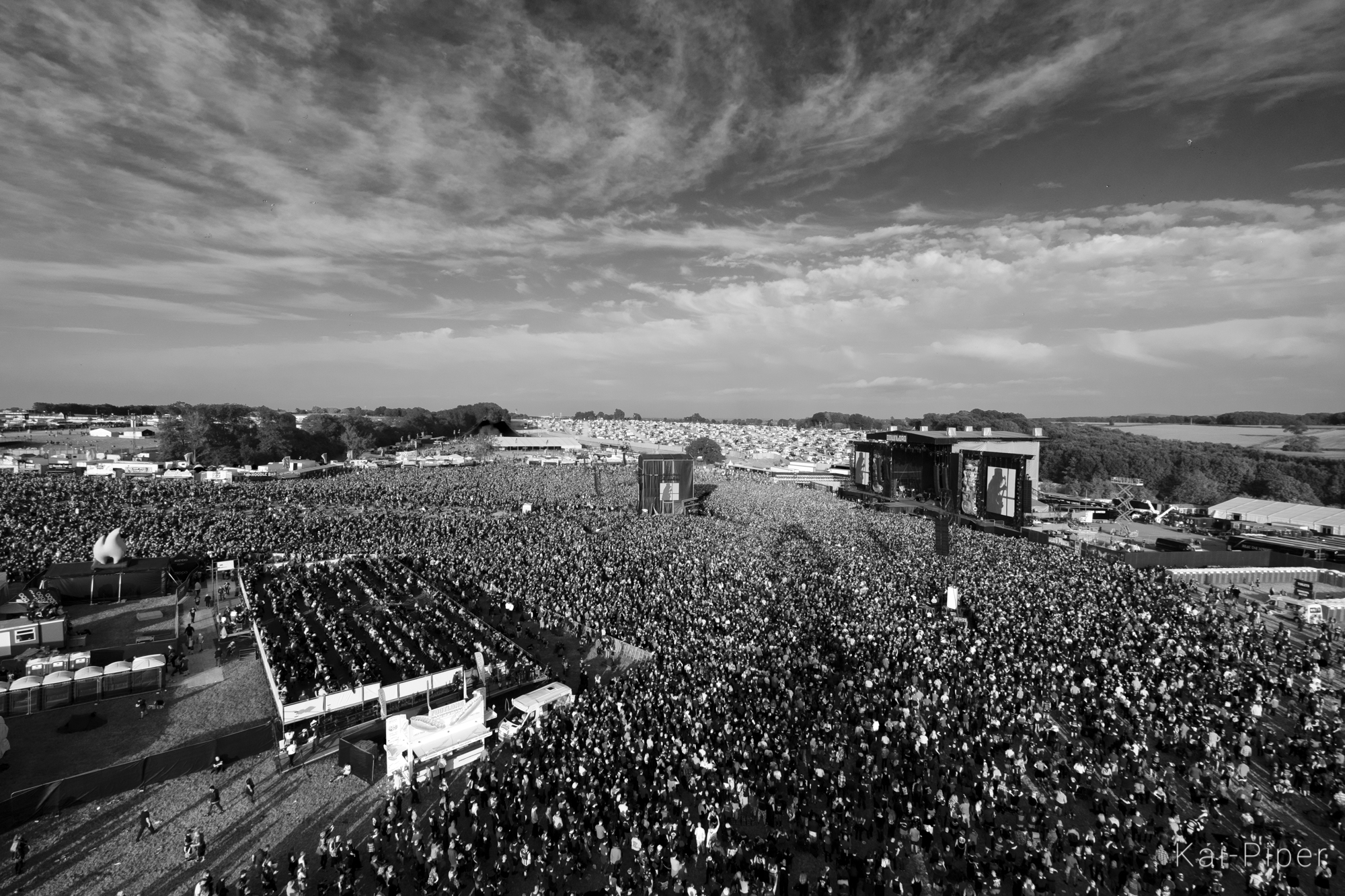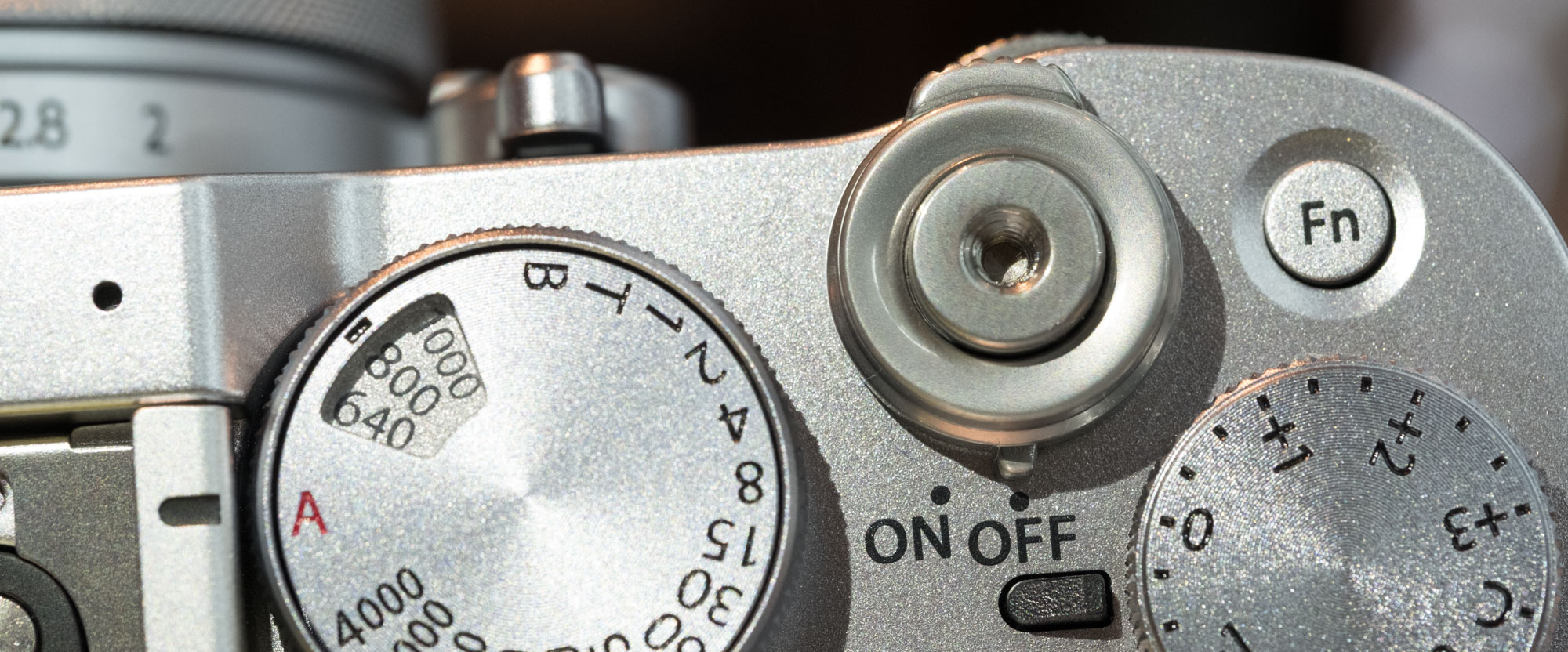Have you got the right camera? Buying a new camera can cause headaches so this blog post is my view about how to work out which camera is right for you!
Check out our blog on the lens range: fujilove.com/choosing-your-fujinon-lenses/
Cameras are not like normal things, we don’t buy them using the normal decision-making channels. For many people (like myself) picking the right camera can be a nightmare. So how do you make sure you have the right system to satisfy your artistic, performance, budget and lustful gear-filled wishes/needs?
Firstly, there are no bad cameras in the Fujifilm current lineup. The only real wrong move you might make is not to think about your future needs. Saving money today might cost you in the future. Secondly, putting money into lenses is a better idea than putting it into a camera. A budget lens on a great camera is still a budget lens, you are better to put good glass on a budget camera. Thirdly, think of your camera system as a multi-year purchase – they are not disposable items so you should invest in something that will grow with you and can build up into a rounded toolkit to cover all your needs. Trying to do this all in one go is going to really break the bank. Plus, you won’t need all the glass at once – I spent the first 4 years as a photographer with only a 50mm lens to my name. Take it slow and build up your kit as you build up yourself as a photographer.
Let me explain…
Saving money:
Camera prices can fluctuate. Different countries have different tax laws and online retailers are importing more ‘Gray’ products into the UK than ever. Staying away from buying a ‘deal’ and picking up the right camera for you can be hard work but might pay off in the long run. Buying from a proper retailer is also a far better for the community than trying to find a cheap grey import.
A proper retailer will give you support, buying advice and help tackle any questions you might have. As part of my research, I did go camera shopping and I did find a difference in the support from shop to shop. Finding a retailer that understanders your needs and is able to explain in simple terms what they are selling is key.
Stick to your needs and buy the camera that matches them, sometimes it might not be the one in the sale. That’s fine – stick to your needs not your wallet…if you can !!
Cheap lens vs expensive camera:
Ansel Adams once said that the most important element of the camera is ‘6 inches behind it’. This has some truth but, after the photographer, the next most important element is the glass, and after that the camera. The thought process behind this is that the camera can only capture what is going through the lens and we are the one controlling it all. Spending all your money on a fancy camera and not having anything left over for the lenses is a rookie error. It’s better to have good glass and an older camera than the other way around.
Make sure your plan your cash to cover all the aspects and creative options you wish to use. You don’t have to buy it all together so putting some cash away in a bank and waiting till you can have the lens options you want is a better way to go.
Your camera is only part of your kit:
When you start out, as a percentage the cost of your camera might represent about 70% of your total kit. A few years down the line, that would drop to about 10%, or even lower as you build up your lens collection. For example, the steller and irreplaceable XF100-400mm costs roughly £1400 in the UK – that is more expensive than the X-T2. When you are starting out, you might want to think about what your aims are and where best to put your money at what times.
For example, I would encourage a wildlife photographer, when starting out, to pick up a XF100-400mm and maybe an X-T1 or X-E3 in the first instance knowing that they can grow into something like the X-H1 in time. That way they still have the focal range important to them from the very start.
Investing in flight cases, travel cases, insurance, software, studio space, styling costs, lighting and all of the other costs that fit around being a photographer need to be thought about and planned for. Make some lists and work out your needs.
The details:
Don’t over-read the marketing and don’t think that the bigger the numbers on a spec means that a camera is better than another. The relevance of what the details are to you is what is important. Does the fact that the X-Pro2 have 92% coverage in the viewfinder make it a worse camera than the X-T2 which has 100%? Is that 8% going to dramatically effect your shooting performance? The viewfinder on the X-H1 has 3.69 million pixels, next to the X-T2’s 2.36 million. Does that mean the X-H1 will let me take better photos? Of course not, but what IS it relevant to? Ask yourself, what are you spending your money on against your needs. Don’t get lost in comparing stats against stats unless you have something to balance them against.
The next major point is that if you are the sort of person who always is waiting for the update, you might be waiting forever. There is quite a number of people who say, “Well, I like this camera, but I am waiting for the version with the extra thing or setting.” Waiting for the update or buying a camera just before a price drop can be frustrating but sometimes is the way of the world. Shopping in person at a good retailer can help solve some of this but not all of it.
Let’s take a step back and look at a typical question I get asked often. Let’s pretend Emma (who is made up for this article) is a keen photographer, she likes taking photos on holiday and wants to get more into photography. Her mum has bought her some online photography classes for her birthday. Emma has saved up £1000 and wants to buy her first camera. One day she walks into a camera store and asks what she can have for £1000. The camera she leaves with could be anything, mostly dependent on who she speaks to in the store and which brand the sales assistant prefers, or what the camera retailer is being paid the most to sell.
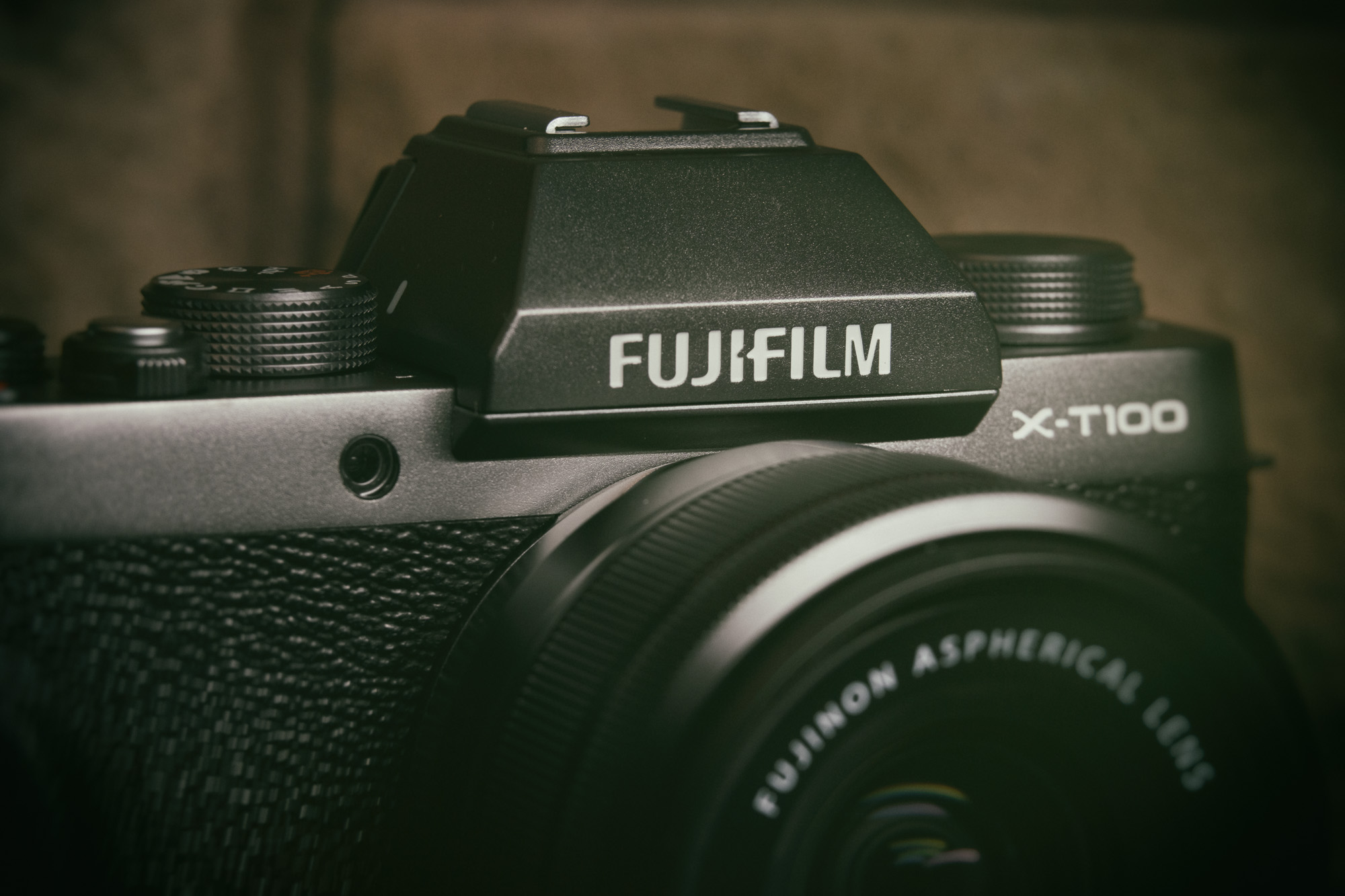
Make sure you have seen a raw file from the camera. If you can not find a sample online, go to a shop with your own memory card and shoot some you can study later.
The problem Emma had is that she had the question wrong. Firstly, just because her budget is £1000, it does not mean she has to spend it that day, plus, she does not have to spend it all on the camera. Plus will she have the same budget again next year? If she knows that over 5 years she has £5000 of investment, the first purchase could be very different – this links back to my point that we should think of any purchase as a single element to a larger plan. Planning ahead could save money in the long run. My advice to Emma would be to encourage her to make a wish list that covers what she wants the camera to do and another list of what she wants to do with the camera, then find one that ticks the most boxes. I would remind her to invest in glass, and not worry about the body in the early days if she likes the idea of an interchangeable system. It is easy to outgrow a camera, yet you will never outgrow a fast ‘nifty fifty’ or 35mm. I would also encourage a longer-term view when it comes to the money aspect. What does the financial side look like after 5 years of using the system? Is there going to be more room for investment down the line and how can you plan for that to come in to ensure you’re making the best out of your budget today and in the future? Photography can cost more than you think but less at times too. Spending loads of money will not make you a great photographer. Over-estimating what an expensive camera will do is a common error.
Don’t buy something just because someone else likes it – everyone has different needs. Fujifilm has a great range of cameras. Pick the one that suits you the most not the one other people think is popular.
The X100F is possibly the most amazing camera in the lineup but also most limiting in a few aspects. Knowing what you want from your camera is best the way to tackle the tricky question of finding which X Series camera is the right one for you. If I didn’t need the range of lenses for my job, the X100F would be the camera I would own.
All photographers have a unique view on how they want to work. The tools they use to provide the scope they need to tell their story, are going to be so vastly different from person to person, hence, just saying that I use the X-Pro2 is not saying that it is the right camera for anyone else – even if they shoot the same style that I do. The way we set the cameras up, the modes we use, the focus settings we find easiest and even if we shoot JPEG or RAW. There is no way around the fact that even though we love and cherish our cameras, at the end of the day they are a tool to be used and it is us, the photographer that is the most important link in the chain. To a great extent, you could pick any camera in the X Series range and not have a single problem. You might have to adopt a shooting style if fixed at a focal range, but we as a photographer can break down, interpret and reshape the image to tell a story – whatever the focal length. Don’t feel limited by your camera, make it work for you. If you do this correctly, you can really extend the reach of your budget.
Looking back to Emma, with her budget of £1000…she wants to document her holidays with long exposure photography and take photos for her friend who is a make-up artist. This means she has to also buy a tripod, filters and whatever she needs to capture the images. Then she needs to look into lighting possibly looking at triggers, lighting stands, backdrops this is all before the fact that much of this requires some kind of learning process that does not always happen overnight. Personally speaking, I have seen many people spend thousands on cameras one day to be frustrated the next that they are not getting the images they want. The £1000 Emma has, even if quadrupled, won’t make her a better photographer. There is a learning process which can only be paid for by time using a camera. However, the only exception to this is that if you are confident and enjoy using your camera, you are more likely to spend time using it. This should be a point I highlight too: the Fujifilm cameras are not menu heavy – you can adjust all the settings you need right on the go, this makes them fast, easy and intuitive to work with. This, in turn, leads to a better overall confidence level, faster learning cycle and better images, which then leads back to being more confident, thus repeating the process. This is a major reason why Fujifilm are so dominating – Fujifilm are making cameras that produce confident photographers.
The range of cameras that Fujifilm produces is becoming more comprehensive. The internet can be a great place to learn about cameras, price points and other people’s experiences. We can read reviews and learn about which cameras other people have picked when they have similar interests. Fujifilm will have a camera that will suit your budget and your needs. However, most of the headache can be working out which one. With this in mind, I headed into town and did some research into what the experience of trying to buy a camera on the high street is like.
For my research, I wanted to ask the same question to see how much support and information I was given. My questions would be “Why are some cameras more expensive than others” & “I want the best camera I can get for my next holiday – I love taking photos and want more control.” Both questions, I feel are questions that many people would ask on a daily basis, plus they would give the retailer a chance to ask me questions back to explore my needs a bit more.
I tried four different stores and had a range of different experiences. The first two were high street chains and the second two independent retailers. The first store failed to help and just tried to sell me a camera that was way off what I asked for, but the second had a much better outcome (not by much though). They both clearly had sales targets to hit on certain cameras and pushed the 4k video feature as something I would really want. The next two that I tried had far better outcomes. Having an experienced hand to walk you through some of the questions, and working out and understanding your needs is a valuable process. I was not just told specifications about the cameras, but how and why they would be helpful to me. One retailer even clocked that I am left eye dominant and suggested a rangefinder style camera. Overall my afternoon out ended up reinforcing my thoughts about buying cameras on the high street. There are good and bad retailers; some offer more help than others but even the bad stores let you get hands-on access to the cameras and let you think. Balance up the research you have also done online with a physical camera in your hand. Taking a memory card with you and getting some images to take home with you to look at is super important.
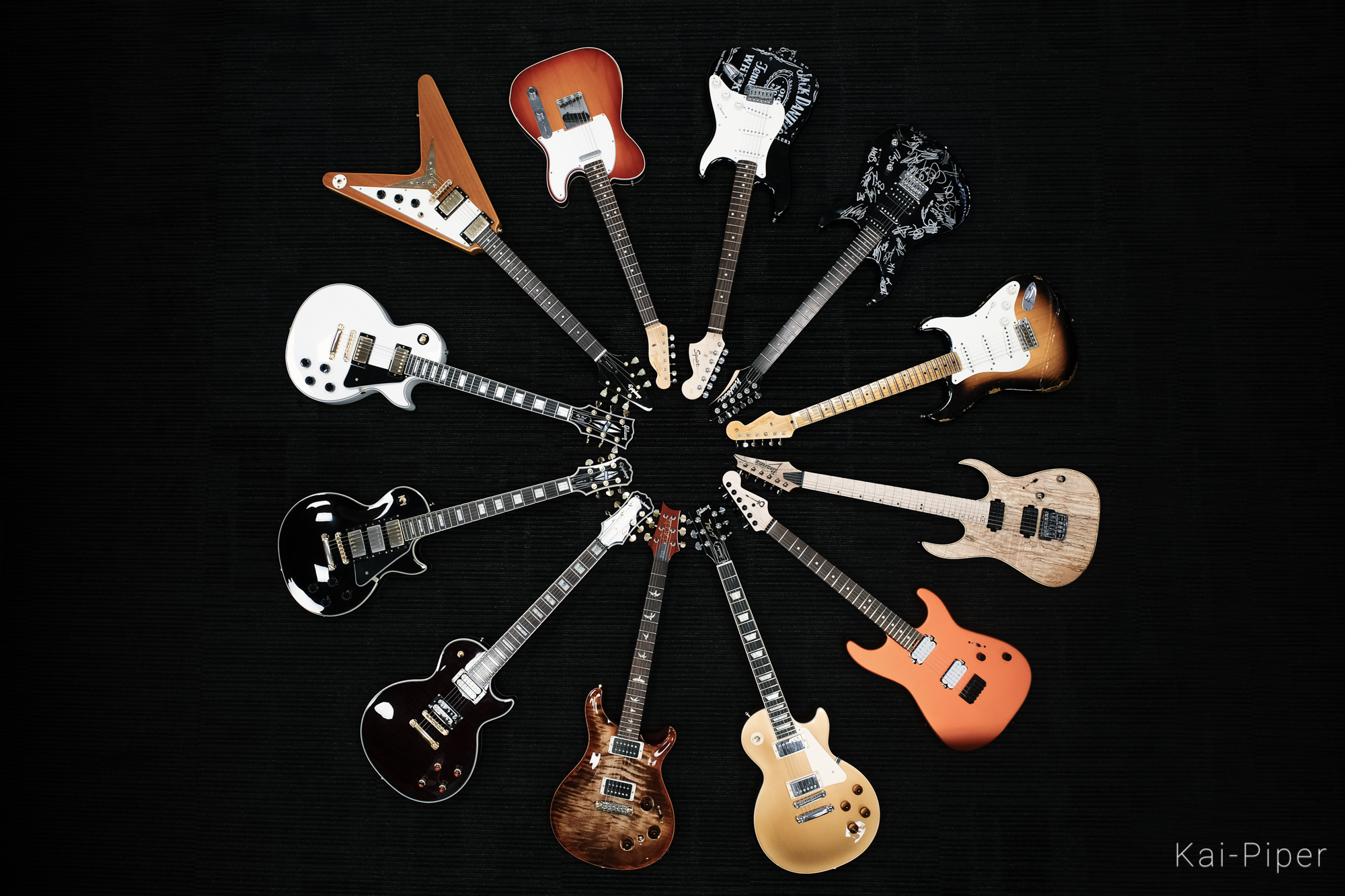
Use your research online to ask questions in a store you trust & make sure you take a memory card with you when you go shopping. Don’t impulse buy because of a sale, stick to your needs and find the right camera.
Buying a camera via Amazon or a web-based shopping service can save you money, but you are missing out on the years of experience that a good retailer can offer. Plus, nothing beats working out how a camera feels in your hands. For example, the X-H1 looks amazing on the specs, but, personally, I really dislike how the shutter button feels under the finger (note: in different parts of the world you can purchase a different type of shutter button – ask your local retailer for details). The X-T2 is better than the X-Pro2 on the specs, but the X-Pro2 fits my face shape better as I am a left eye dominant photographer. This leads me to my third point: the best camera is not always the right camera…if that makes any sense? The best way to shop is to try before you buy. In the UK we have great rental service, which I would highly recommend. Hire-a-Camera stock all the top end cameras from the GFX to the X100F. Renting a camera for a couple of days will let you see what the camera is like to live with, how fast the battery recharges, how the kit fits in your camera bags and how the files would look when put into your digital workflow. Take the camera out, shoot a full shoot, process and print the images, and then make an informed look at the camera.
Some questions worth asking yourself…
- Am I going to invest in this system, or is this a one-off purchase?
- Does this camera need to help me earn money?
- Do I really need an updated camera?
- What lenses do I have to buy to achieve my style/images?
- What are you paying for?
My personal summary of Fujifilm cameras:
Over the years, I have used every lens and every camera that Fujifilm has produced in the X Series range plus the GFX. My current and the favourite camera is still the X-Pro2. It might not be the latest camera, the fastest camera or have the best specs, but it is the one for me. It suits me for what I do, and fits the best into my hand and style of shooting. Plus, I think it is the best looking by far. When it comes to anything video based though, the X-H1 is crushing anything else in the range. If you want to shoot video, the X-H1 is the only camera you need to look at.
Below are my thoughts on some of the other cameras that have stood out from the range.
X100F:
The X100 Range has always been very interesting to me but I have always needed the range of the different lenses. You can get a few adapters, but you are never going to get a 10mm or a 400 image out of this camera. That being said, what the camera does do, it does to absolute perfection.
This is your ‘fun’ go anywhere, do anything camera. It’s super quick, super sleek and performs as good as it looks. If you are looking to put fun back into photography without a loss of quality, this is the camera you are looking for. I have never met anyone who didn’t like this camera. Best fixed focal length camera ever made…quite possibly.
The X100F was the camera I used most on my Ireland moto/photo Adventure, even when I had the X-Pro2 & GFX with me.
X-H1:
If you want a small DSLR, this is your camera. It is as much of a hybrid of a DSLR as you are going to get. More video-based tools than anything in the range at the moment with built-in stabilisation as the standout feature. The sensor-shift tech in the camera is awesome – check out this article about how it all works.
The shutter button is my only worry, but that is super personal and you can get different versions anyway – you just have to shop about. Make sure you are using the new batteries in this camera and make sure you have loads of them. It drinks battery juice faster than I drink Jack Daniels & Coke.
Edit** I really like this camera, I didn’t think I would like it as much as I did. I just wish the form factor was more like the X-Pro range.
X-Pro2:
A digital rangefinder and a favorite among left eye dominate photographers. I think it also looks the best in the range but is missing some of the specifications that other cameras have. That being said, regular updates has kept the X-Pro2 as my favourite and current camera of choice in the range. The hybrid viewfinder is the stand out feature for many, but for me the form factor of this unique camera is the winning element. This camera does everything I need it to in a small compact rugged body. The straight lines of this camera let me store it easy and in a compact way.
X-T2:
The ‘safe choice’ of all the cameras. Same great performance as found across the whole range, with quick easy access to all the settings you need. By far and away the most popular camera that Fujifilm have on the market today. It does everything super well with little drama. There is not much to dislike. It is the camera you should look at if you are unsure which is the best one for your needs.
Check out this article.
GFX:
If you want the best in performance – you are looking at the GFX range. If you are not looking to compromise on any aspect for optical quality the GFX is the range that Fujifilm have to offer. Rent one, borrow one, just make sure you have a look at one.
Check out this review.
Having a GFX with you on a trip or shoot is a way to know that you got every bit of detail and performance from the camera and the shoot. If performance above all is your major need, the GFX is the range for you. The downsides are only the size and bulk of the system after the budget and overall cost of the system. Something like the Peli Air range (1535 Case) with TrekPak is a great way to store your camera kit.
Fujifilm has gone to great lengths to make sure this camera will be a workhorse for many photographers around the world & using the G mount system, there are loads of amazing lenses ready to go across the whole focal range. Check the tilt-shift adapter out!
X-30:
The X-30 is an odd camera to find it’s way on to this list but, like the X-70, it is one of the most underrated cameras that Fujifilm have produced. It will hold it’s own against anything in its class.
If you don’t own this camera, you are really missing out on one of the best small cameras ever made. It is small, robust, powerful and super well built. Secretly, I am really hoping that we see a big update to this compact zoom style camera from Fujifilm in 2018/19. Have a read of this review posted back in 2016
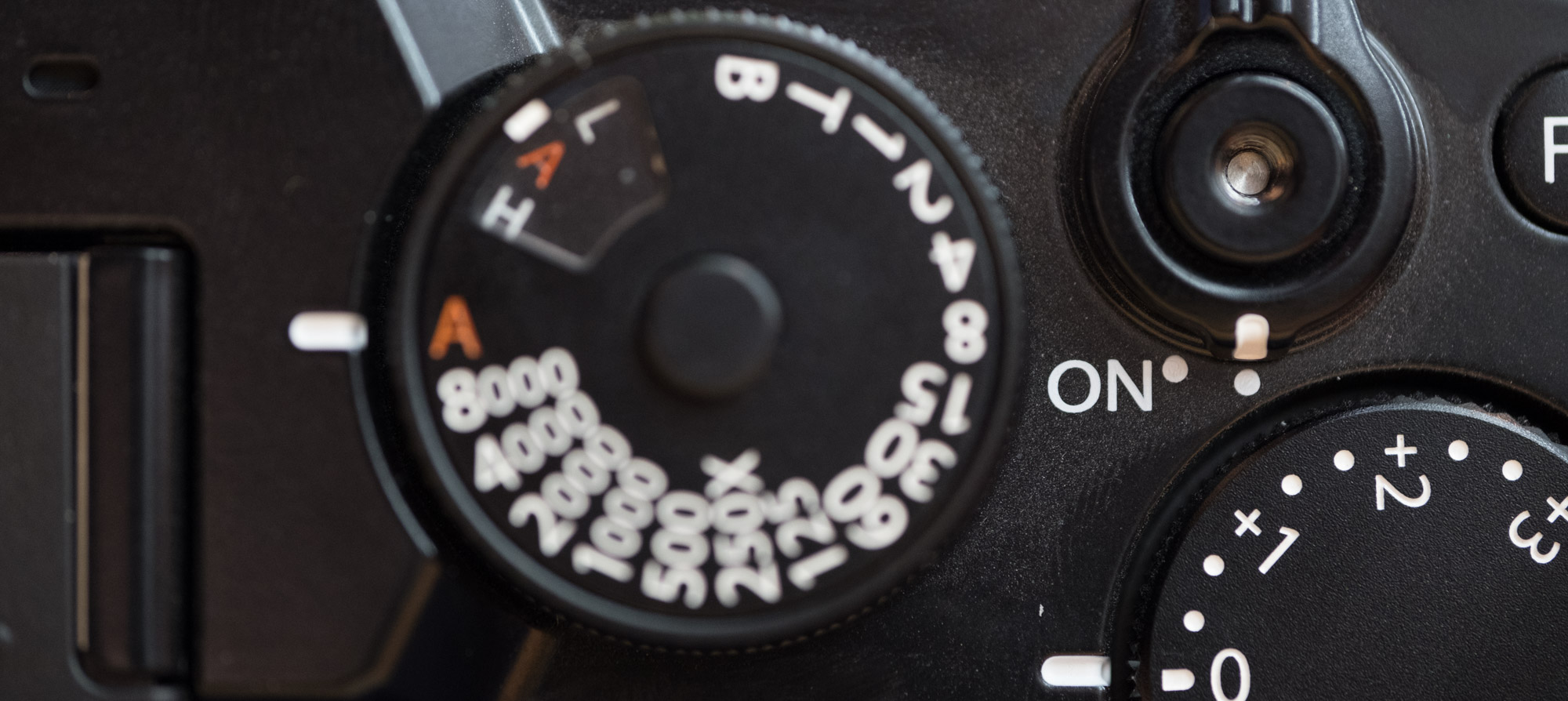
————————————–
John Greengo is an amazing photographer while doing my research for this article and I came across this great video.
Amazing tips from John Greengo on Creative Live
- Bad Advice
- Underestimate budget
- Over-analysis on detail
- Thought money would solve a problem
- Didn’t budget for the accessories
- Over-concerned about online reviews
- Do you own ‘hands on’ Research (not to much or to little)
Remember, if you are a full subscriber (FujiLove Extended), using the website you can access the Tech Support line to ask anything about workflow, editing, camera specs or advice about buying.
Not a FujiLove Extended member? Go ahead and join thousands of Fujifilm X Series from around the globe and add FujiLove subscription to your photographic arsenal today. Subscribe to the FujiLove Magazine and gain immediate access to all available and future editions of FujiLove Magazine, FujiLove Academy videos, LIVE online workshops with Fujifilm X-Photographers, X Series technical support and more!




